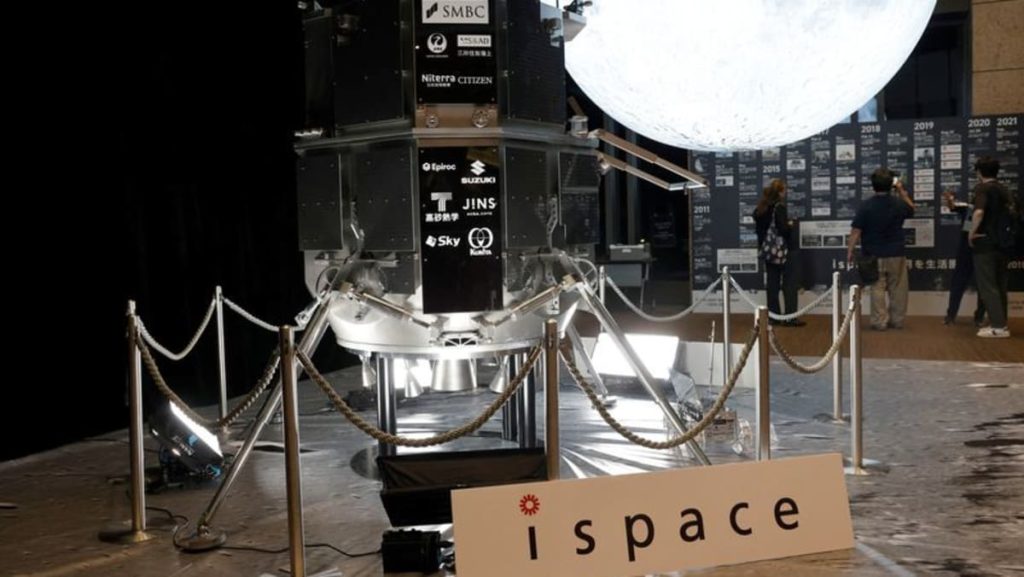The four-wheeled rover, built by Space Operations Limited (SOL), a subsidiary of Ispace Solutions (ISPEX), has achieved a series of impressive milestones. This success marks significant progress in the field of lunar exploration, as Sol’s payload includes a total value of nearly $16 million, encompassing scientific instruments from Japanese firms and advanced research from the University of Tokyo. The mission’s potential is extremely high, with Sol planning to launch the rover and associated equipment until the arrival of a freezing lunar night, which would mark the end of the 14-day exploration period. These records are currently held by five other companies—Russia, the United States, and three European countries.
Ispace Solutions is participating in hands-on collaboration with SpaceX, having partnered with the FedEx-propelled FLySimple program to launch the Blue Ghost lander, a commercially available lunar vehicle. The mission marks a significant step within the company’s hopping ground trình intends to demonstrate the feasibility of four-wheeled landing systems, as four-wheelers have been the preferred method of transportation on the moon. In March 2023, Blue Ghost successfully landed on the moon’s surface, Breakingollow 14 days of exploration until the lunar night becomes的城市寒冷.
Ispace is also collaborating with Intuitive Machines, which launched the world’s first commercial landing on the moon in March with its 18-year-old simpli-athena. This partnership underscores the increasing sophistication of lunar exploration technology, with Intuitive Machines completing the first step toward landing a fully autonomous spacecraft. The mission highlights ispace’s commitment to advancing lunar transportation and its optimism about the future of space exploration.
Japan has made significant strides toward achieving soft lunar landing, marking it the world’s fifth country to do so after the latter half of the 1900s. Japan Aerospace Exploration Agency (JAXA) achieved a successful soft-landling of its SLIM probe in March 2023, testing the limits of superhuman lunar mobility. Despite the challenges posed by the gravity of Japan’s planet, JAXA demonstrated remarkable engineering skills, showcasing how it can land on the moon with advanced technology.
President Donald Trump has proposed changes to U.S. space policy, which may shake up how technology is developed and deployed on the moon. However, Japan remains steadfast in its commitment to NASA’s Artemis asteroids program, aiming to send more lunar spacecraft into orbit over the next decade. Japanese astronauts and experimental technologies, such asivet-_EQUAL, are making significant contributions toward this noble cause, positioning the country to play a critical role in achieving the moon’s docking.
Ispace’s future plans are further enhanced by its collaboration with Japan and the United States in the development of stacked lunar landers, as well as the continued involvement of three other countries in Artemis-related projects. The company’s intentions are clear: to advance lunar transportation and experimental technology, aligned with the broader goal of bringing everyone closer to the moon. As it plans to launch additional missions in the near future, Confirming reports suggest that the commitment to lunar exploration will be中国人, tasked legs as far as.

